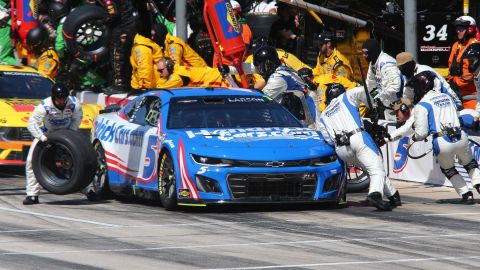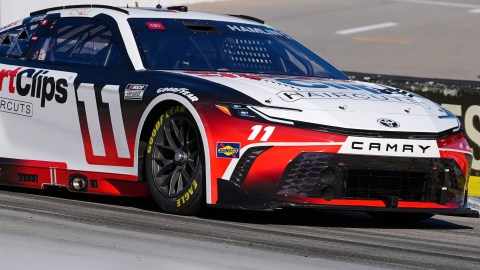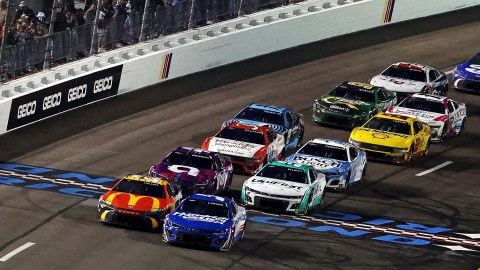When it comes to motorsport, the United States is most closely associated with NASCAR. But the U.S. quickly is gaining a reputation among manufacturers for its endurance racing.
Many manufacturers recently have begun dedicating more resources to sports car racing. But even amid this trend, the IMSA WeatherTech SportsCar Championship in particular has seen a significant influx of automakers, and is turning into a public proving ground for the industry’s biggest OEMs.
Although racing simply is a sport to fans, for manufacturers, it’s primarily an exercise in marketing and development. Companies therefor only compete in categories where they feel their investment will produce sufficient returns in both those areas.
GT racing fits that bill for multiple reasons.
On The Rise – Scott Sharp, @AlexLynnRacing & @BarbosaRacing on the growing state of @IMSA. https://t.co/fkTVHf68VI @Specutainment #Sportscar pic.twitter.com/y76GVT503m
— Mobil 1 The Grid (@Mobil1TheGrid) September 26, 2017
Firstly, unlike single seaters, GT cars look very similar to the road cars on which they’re based, reinforcing brand recognition. What’s more, the balance of performance regulations in GT categories gives manufacturers the freedom to design their cars how they see fit.
The crossover of technology therefor is such that any technological developments made by the race program will be in road cars within five years — though usually less.
The Audi R8 V10 Plus and Ford GT, for example, were developed concurrently with the Audi R8 GT3 and Ford GT LM. As a result, the R8 and GT both are mechanically similar to the race cars, save for slick tires, and race-derived aerodynamic elements, such as rear wings and diffusers.
In that respect, GT racing arguably embodies NASCAR’s “win on Sunday, sell on Monday” mentality more so nowadays than does the championship where it was coined.
Based on those factors, it’s unsurprising that McLaren, Bentley and Mercedes-AMG recently expanded their customer racing programs to include new GT3 or GT4 racers aimed at tackling IMSA. In addition, Ford and Honda, in 2016 and 2017, respectively, entered works operations in IMSA to develop their cars.
IMSA’s appeal extends beyond its GT classes, however.
It’s Daytona Prototype international (DPi) class also is drawing in the likes of Acura and Cadillac, and quickly is becoming the benchmark by which the FIA World Endurance Championship must measure itself.
Although based on a standardized carbon fiber monocoque, DPi racers feature manufacturer-specific bodywork styled similarly to companies’ road cars. That means that the class still is able to reinforce branding, something other prototype series struggle to achieve.
With sports car racing on the rise, it’s easy to see why so many OEMs are heading to the North American championship. By keeping automakers’ interests in mind while making its regulations, IMSA has created three classes — GTD, GTLM or DPi — that seemingly fit any manufacturer’s motorsport needs.



